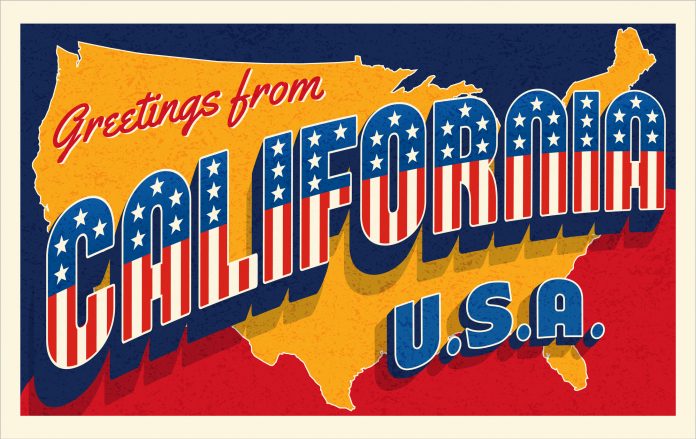California’s Laffer curve shows that hiking income tax rates doesn’t raise as much money as politicians expect, because people work less, or move to another state.
Economist Arthur Laffer is justly famous for the Laffer Curve, which shows that if tax rates go high enough, tax revenues will fall. There is no real controversy about whether the Laffer Curve exists. At a 0 percent tax rate, the government would collect zero revenue. As the tax rate rose above zero, the government would collect some revenue. At a 100 percent tax rate, people would earn zero reported income and the government would collect zero revenue. Voila: we’ve just proved the Laffer Curve.
The real controversy is about where we are on the Laffer Curve. Are federal tax rates so high that increasing tax rates would further reduce revenue? Probably not. But are they so high that raising them by x percent will increase tax revenues by substantially less than x percent? Probably.
The Laffer Curve issue is even more interesting at the state level. When the feds raise tax rates, you can’t avoid them by moving to another state within the United States. But when a state government raises tax rates, residents of that state have 49 other states plus the District of Columbia as potential places to move to.
State governments, like the federal government, probably don’t care much about most people; they don’t have an incentive to care. But there is at least one thing they must care about: getting tax revenue. So if enough people respond to higher state tax rates by cutting back on work and investment or by moving, the state government won’t raise nearly as much tax revenue as it expected.
This has happened in California. Joshua Rauh, an economist at Stanford University and a senior fellow with the Hoover Institution, has co-authored an important study of the effects on revenues of a major increase in marginal tax rates in California. In 2012, Californians voted to increase the top marginal tax rate from the then-high 9.3 percent to rates ranging from 10.3 percent to 12.3 percent. Add in the pre-existing 1-percentage-point extra tax on people making over $1 million a year, and you get rates ranging from 10.3 percent to 13.3 percent.
Rauh and co-author Ryan Shyu of Stanford’s Graduate School of Business find that of the extra revenue the state government would have raised if high-income people had gone on with business as usual, 55.6 percent was lost over the first three years of the higher taxes. That was due to people leaving the state and to the high-income “stayers” making less income than otherwise in response to the higher tax rates. The effects were even larger in the last of the three years the economists studied. That makes sense because the longer the taxes were in force, the more time people had to adjust.
The Laffer Curve in California is alive and well. Which is more than can be said for California.
Originally published by the Institute for Policy Innovation. Republished with permission.
For more Budget & Tax News.











